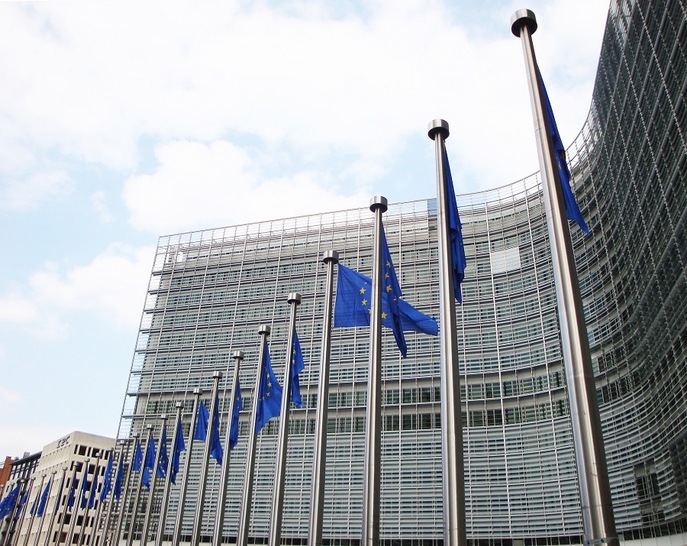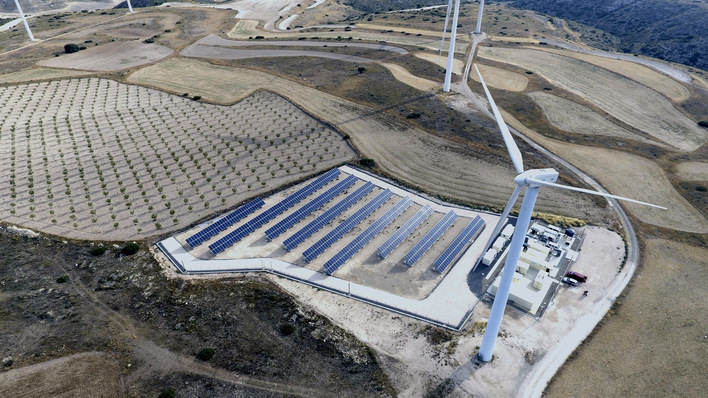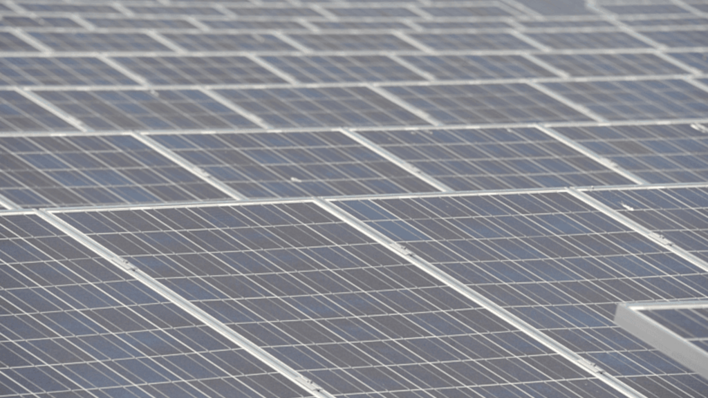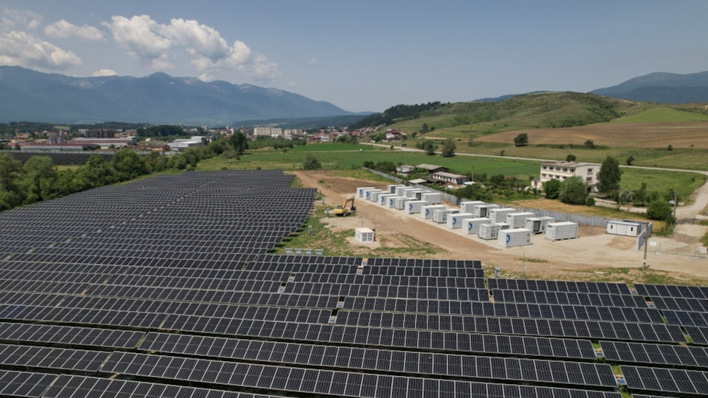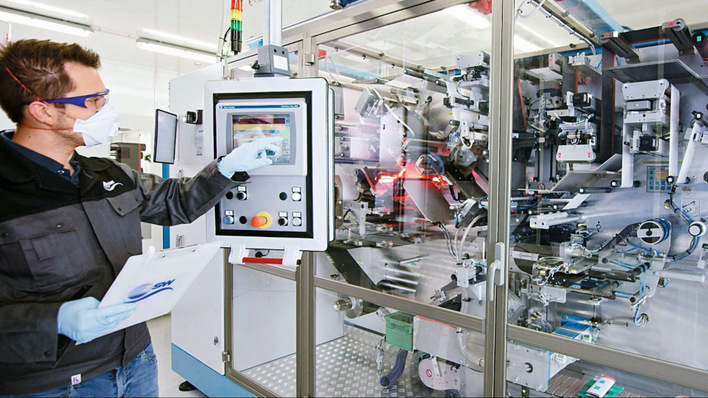Ingvild Sørhus, lead analyst at Refinitiv Carbon Research, comments on the package overall: “The European carbon price reacted positively to the release of the ‘fit for 55’ package today, with an immediate 5 percent rise. However, we see this more as a relief rally rather than a reaction to perceived surprises in the package.”
Hæge Fjellheim, director of Carbon Research at Refinitiv comments: “None of the proposed adjustments are truly surprising, most fall within the design options that have been discussed and leaked over the past weeks. The chosen options are all tilted towards the more ambitious, tighter side and seen together, the proposal constitutes a mix that will strengthen the EU ETS.”
Carbon price reflects the higher European climate ambition
On the significance of emission trading to reach the 2030 climate goal, Hæge Fjellheim, director of Carbon Research at Refinitiv, comments: “The European Carbon market has long been preparing for a tighter future balance with carbon prices reaching record high levels above €50/t this year.
“The increase in allowances price is largely a result of the anticipation of a higher European climate ambition, boosting emitters’ awareness of a carbon constrained future and attracting new market players from the financial sector.”
Ingvild Sørhus, lead analyst at Refinitiv Carbon Research, comments: “The confidence in the EU ETS as the flagship climate policy instrument is back, now that it is no longer haunted by the ghost of weak ambition resulting in oversupply and low prices.”
Extended emission trading system for road transport and buildings
Anders Nordeng, senior analyst at the Refinitiv Carbon Research, comments: “The proposals clearly reflect the Commission’s view that emission mitigation has been much too slow in sectors that have so far largely been left under the supervision of member states. The inclusion of maritime transport in the EU ETS and the creation of a separate trading system for road transport and buildings show the Commission’s belief in extending carbon pricing to new sectors.”
On the design of the EU ETS Anders Nordeng, senior analyst at the Refinitiv Carbon Research, comments: “With the gradual phase-out of free allocation, the Commission has chosen a cautious approach on the contentious issue of a Carbon Border Adjustment Mechanism, probably to ensure backing from European industry and policymakers and to avoid stirring up international partners.”
Also interesting: Determining the price of the UK ETS scheme
Ingvild Sørhus, lead analyst at Refinitiv Carbon Research, comments: “With the proposal to beef up the Market Stability Reserve, Europe’s emission trading system will be equipped with a strong tool if the surplus starts building up. This will continue to safeguard the system’s climate integrity, but at the same time, the suggested adjustments to the mechanism’ parameters will give the MSR a less prominent role in periods of tighter balance. Also fixing the number of allowances held in the reserve to 400 Mt is a signal that the Commission will not allow the watering down of the system.”
Almost all sectors now covered by carbon pricing
"This proposal is a big deal - there's no turning back now. The EU's policy package for stabilizing our climate is the most comprehensive of its kind to date, and it builds on much that research has developed. Europe is creating a second emissions trading scheme, it is for transport and buildings/heat, in addition to the one for power generation and industry. This has fundamental significance for our entire economy: almost all sectors are now covered by carbon pricing“, climate economist Ottmar Edenhofer, Director of the Potsdam Institute for Climate Impact Research said.
The European Union has created a robust comprehensive system of carbon pricing – which is also a prerequisite for the EU to be able to negotiate effectively with the USA and China on more international cooperation to achieve greenhouse gas emissions reductions. Weather extremes around the world clearly illustrate that strong action is key now if we want to limit costs and risks, and secure a safe future for all“, Edenhofer stated. (hcn)
Did you miss that? New-build solar often cheaper than existing coal plants


